A tiny particle in a planet’s rings has a surprisingly violent life. If one managed to survive for the entire 4.6 billion-year age of our solar system, how many times would it have been hit? Scientists explore this question using complex models to understand the chaotic dance of these cosmic fragments. This journey reveals just how dynamic and ever-changing planetary rings truly are, offering clues about the history of our solar system.
What is a Ring Particle and How Does it Form?
Ring particles are the small pieces of ice, rock, and dust that make up the rings around planets like Saturn. They can be as small as a grain of sand or as large as a house. These particles are not leftovers from the solar system’s birth but have a more dynamic origin.
Many ring systems formed when moons or comets strayed too close to a giant planet. The planet’s immense gravity, known as tidal forces, would have ripped these celestial bodies apart. The resulting debris then settled into a flat disk, creating the beautiful rings we see today through telescopes.
This process is ongoing. The lifecycle of a ring particle involves constant collisions that can either break them into smaller pieces or merge them into larger ones. This means the rings we observe are not static relics but are constantly evolving systems, shaped by gravity and endless interactions.
The Violent Lifecycle of a Cosmic Particle
Imagine a world of constant impacts. For a ring particle, this is reality. The environment within a planetary ring is incredibly crowded, leading to frequent collisions. These events are the primary drivers of change within the ring system, dictating the size, shape, and lifespan of each particle.
Each collision can have dramatically different outcomes. A gentle bump might barely alter a particle’s path, while a high-speed impact could shatter it completely. This constant cycle of creation and destruction ensures that the ring’s composition is always in flux. Over billions of years, these countless interactions shape the overall structure of the entire ring system.
What are the Different Types of Cosmic Collisions?
Not all collisions are the same. Scientists classify them based on what happens to the energy and the particles themselves. Understanding these types is crucial for predicting how a ring system will evolve over time.
Some collisions are gentle, while others are catastrophic. The outcome depends on factors like the relative speed of the particles, their size, and the angle of impact. A high-speed, head-on collision is far more likely to be destructive than a slow, grazing encounter.
These distinctions help researchers create more accurate models of ring dynamics. The table below outlines the main collision types you would find in a planetary ring.
| Collision Type | Description |
|---|---|
| Elastic | Particles bounce off each other, conserving momentum and kinetic energy. |
| Inelastic | Some kinetic energy is lost, often as heat, and the bodies may deform. |
| Grazing | Particles barely skim each other, resulting in minimal interaction. |
| Destructive | One or both particles completely disintegrate into smaller fragments. |
| Coalescent | The colliding bodies merge to form a single, larger particle. |
How do Scientists Predict Collision Frequency?
To estimate how many times a particle would be hit, scientists turn to powerful computer simulations. These are not simple calculations; they involve complex programs known as N-body simulations, which track the movements and gravitational interactions of countless individual particles over immense periods.
These models must account for many variables. The density of the ring is a major factor; a more crowded ring naturally leads to more collisions. The orbits of nearby moons also play a huge role, as their gravity can stir up the particles and send them on crossing paths, increasing the probability of an impact.
Of course, these simulations have limitations. Researchers often have to make assumptions, such as particles having a uniform size or density. While not perfectly representative of reality, these models provide powerful insights and have estimated that a typical ring particle likely experiences a significant collision every few hundred years.
Key Factors that Influence Collision Rates
The chaotic life of a ring particle is governed by a delicate balance of forces and environmental conditions. Several key factors determine how often a particle will collide with its neighbors.
A particle’s specific orbit is fundamental. Its speed, the shape of its path (eccentricity), and its tilt (inclination) all influence its chances of encountering another object. Even small variations can lead to drastically different collisional histories for two otherwise similar particles.
The local environment is just as important. The gravitational pull from the parent planet and its moons constantly perturbs particle orbits. Other key influences include:
- Particle Density: How crowded is that specific region of the ring? Denser areas mean more traffic and a higher chance of collisions.
- Relative Velocities: The speed difference between particles is critical. Higher relative speeds often lead to more destructive impacts.
- Particle Size: Smaller, dust-sized particles are far more numerous and therefore collide more frequently than larger, boulder-sized objects.
Solar radiation can even exert a tiny pressure on particles, altering their orbits over long timescales and contributing to the overall collision statistics.
What do Ring Collisions Tell us about the Solar System’s Age?
Studying the collisional history of ring particles offers a unique window into the past. If a particle could survive for 4.6 billion years, its journey would tell an epic story about the conditions in the early solar system and how they have evolved.
Scientists compare the predictions from their collision models with actual observations of ring systems. For example, models might predict a high frequency of collisions, but observations from missions like Cassini might show that existing ring structures are surprisingly stable and long-lived. This discrepancy helps refine our understanding.
When models and observations do not align, it points to gaps in our knowledge. It may suggest that other forces, like complex gravitational resonances with moons, play a protective role, shielding particles from destruction. By resolving these differences, we can build a more accurate timeline of our solar system’s development.
Frequently Asked Questions
What is meant by ‘ring particle’ in the context of the solar system?
A ring particle is any piece of material, from a tiny dust grain to a large boulder, that orbits a planet as part of its ring system. These particles are typically made of ice and rock.
How long is the age of the solar system?
The solar system is estimated to be about 4.6 billion years old. This vast timescale is used as the upper limit for calculating the total number of collisions a surviving particle might endure.
What factors influence the number of collisions a ring particle might experience?
The main factors are the density of the ring, the particle’s size, its orbital speed, and gravitational tugs from the planet and its moons. Denser rings and the presence of nearby moons significantly increase collision rates.
How can scientists estimate the number of collisions?
Scientists use advanced computer simulations that model the physics of particle orbits and interactions. These models factor in gravity, collision probabilities, and other environmental influences to predict a particle’s history over billions of years.
Are there any observational studies that provide data on collision rates?
Yes, space missions like NASA’s Cassini spacecraft provided invaluable, close-up data on Saturn’s rings. By observing particle sizes, movements, and ring structures, researchers can test and refine their collision models with real-world evidence.

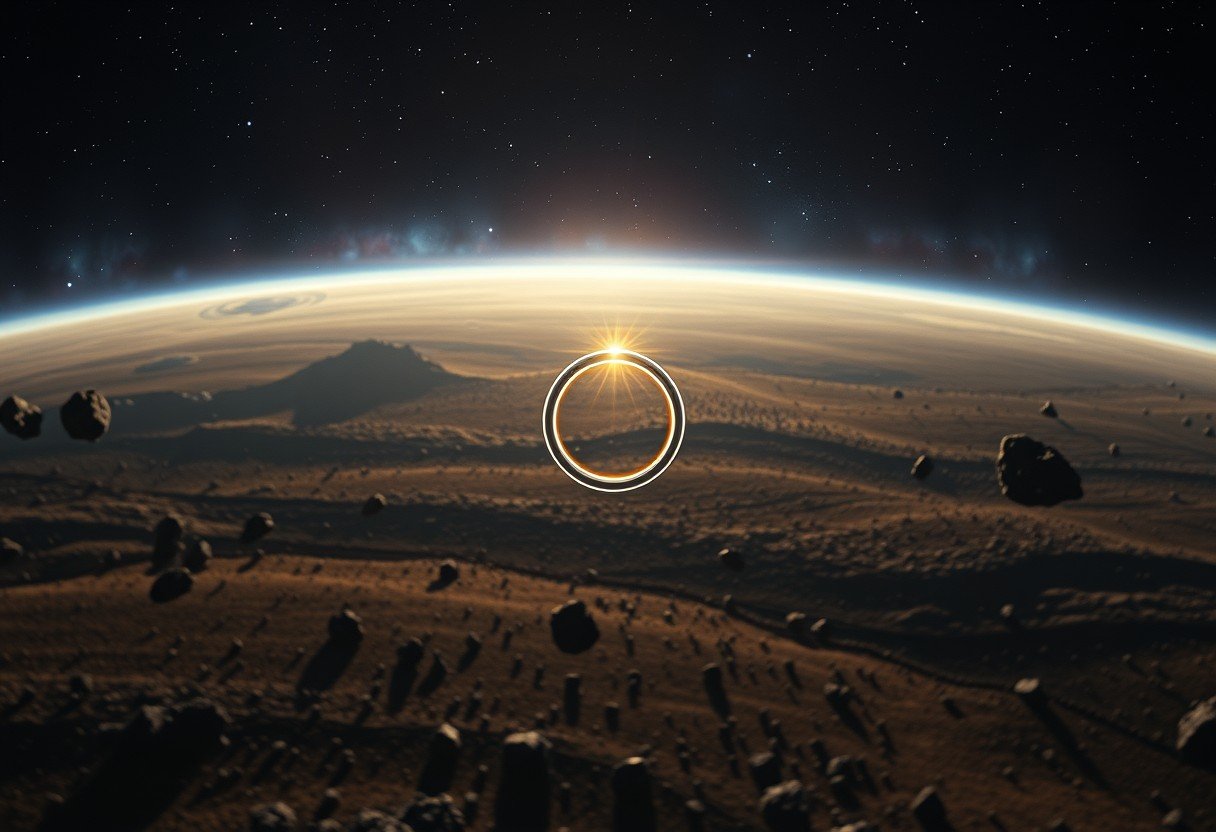

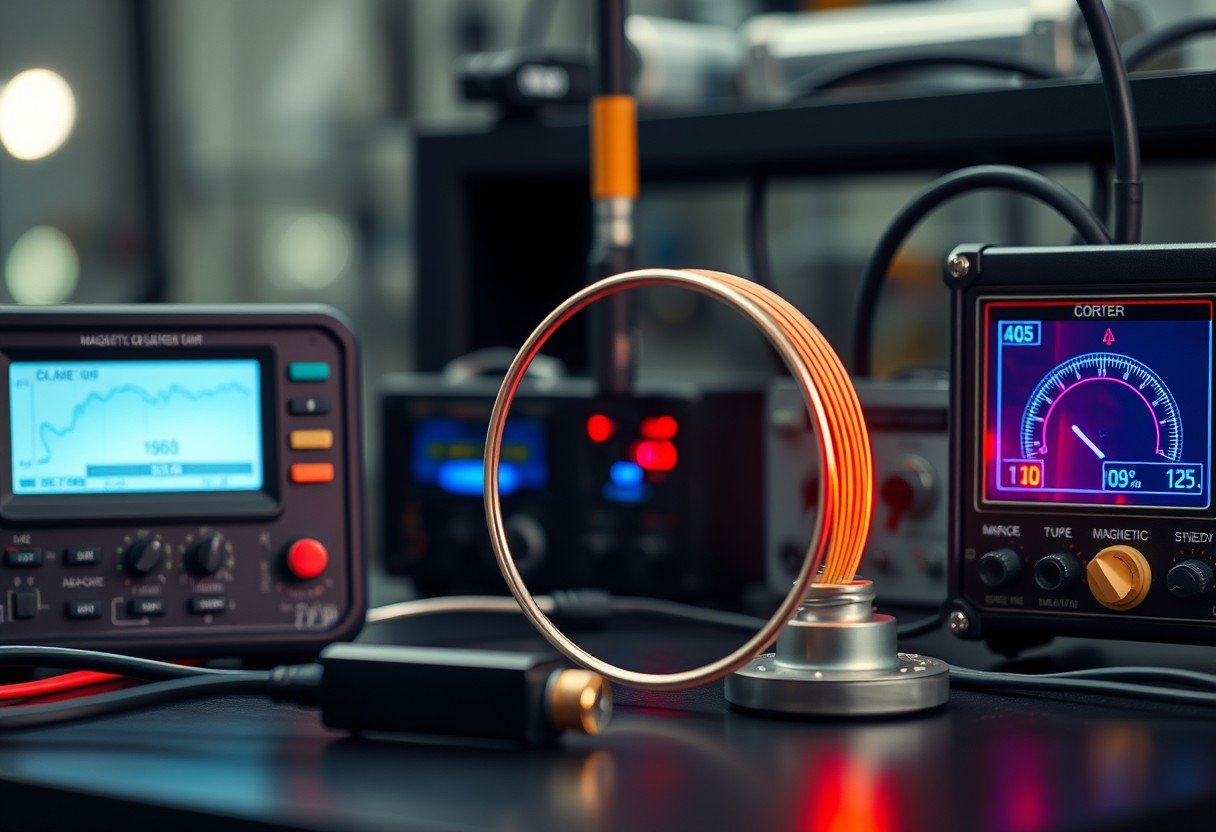
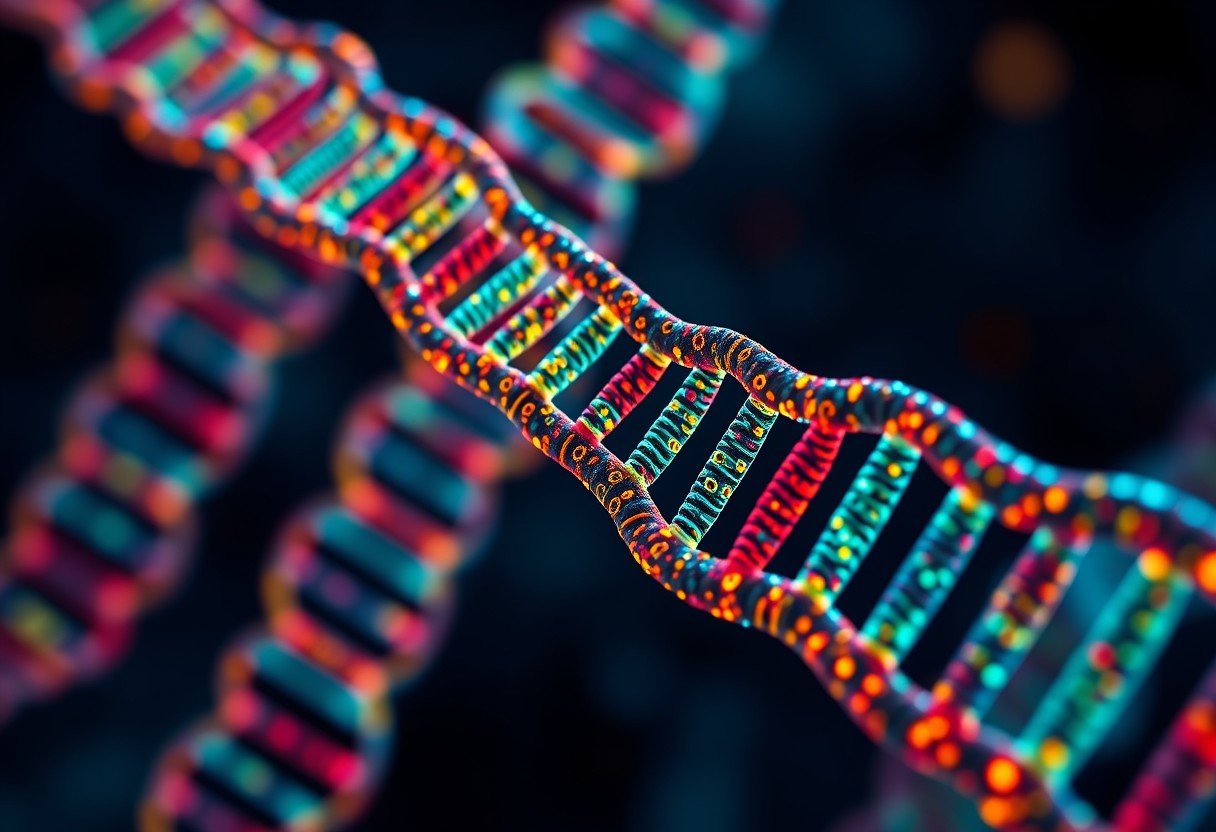
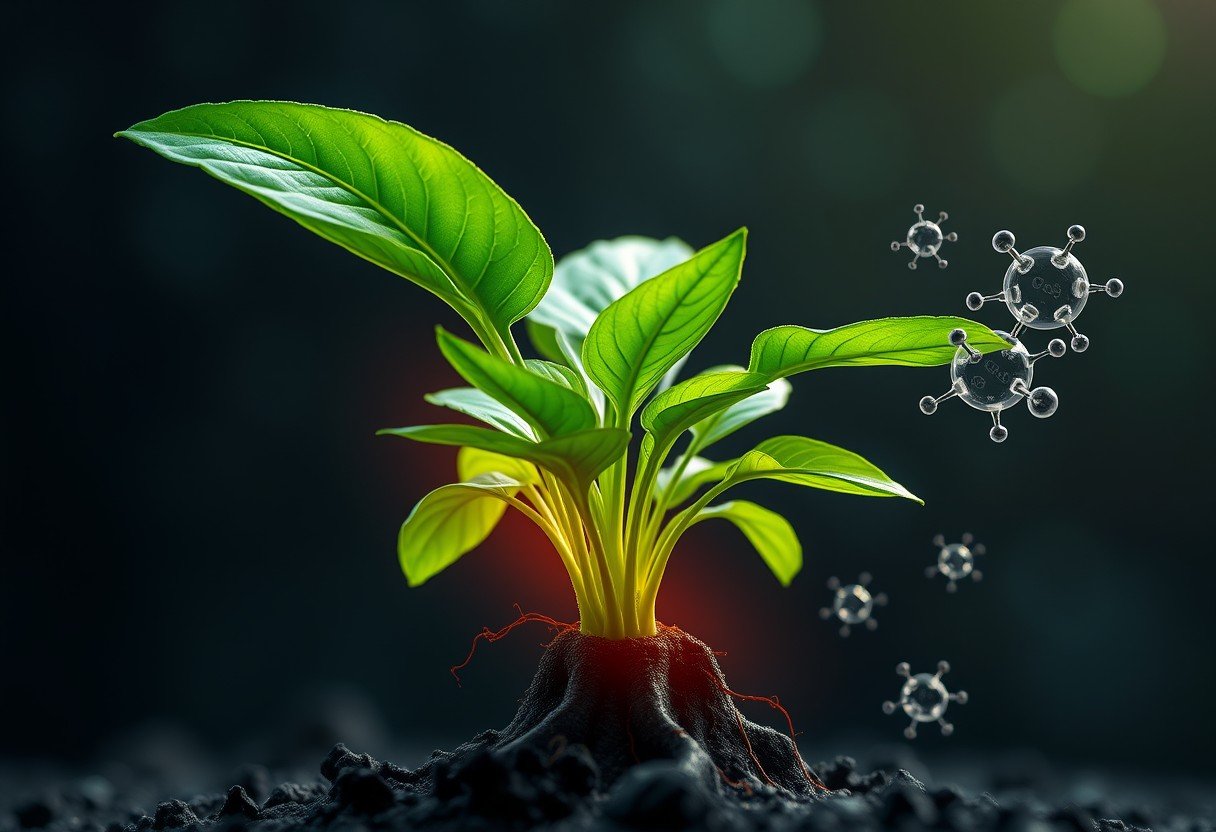
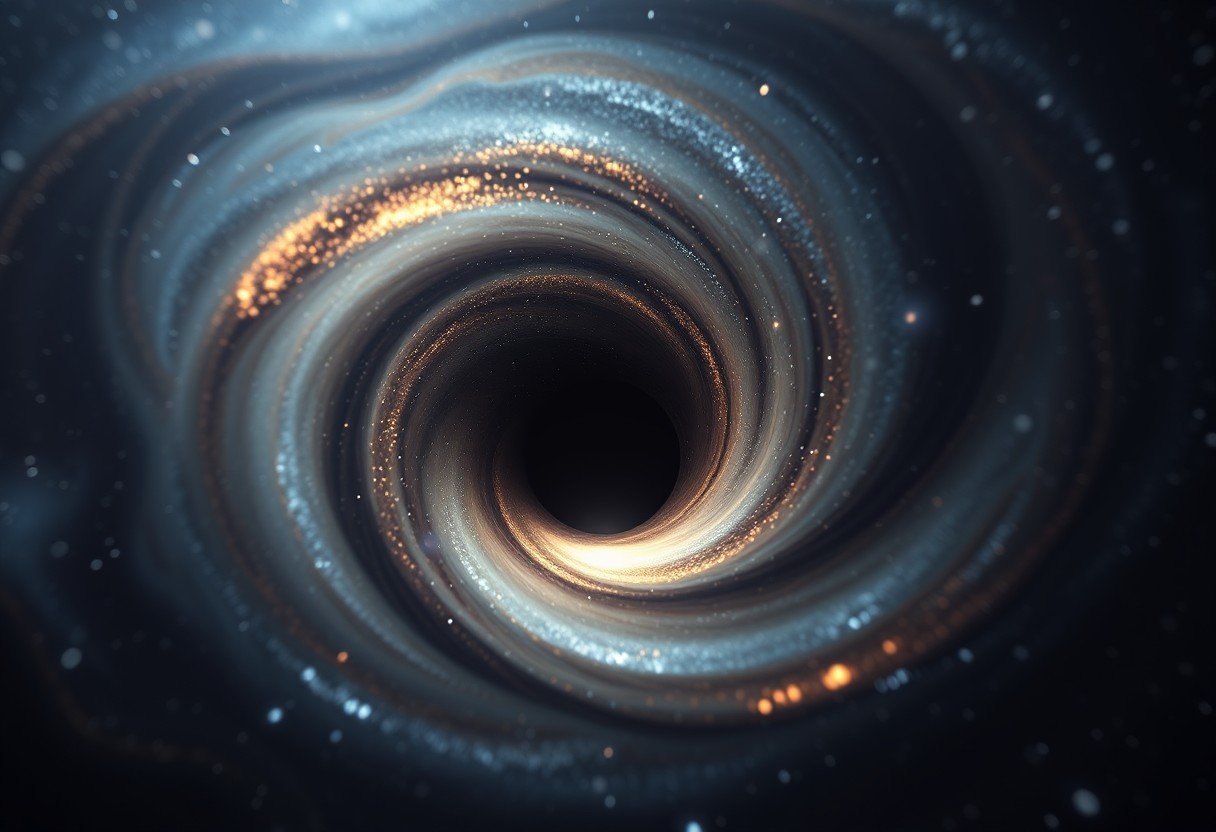
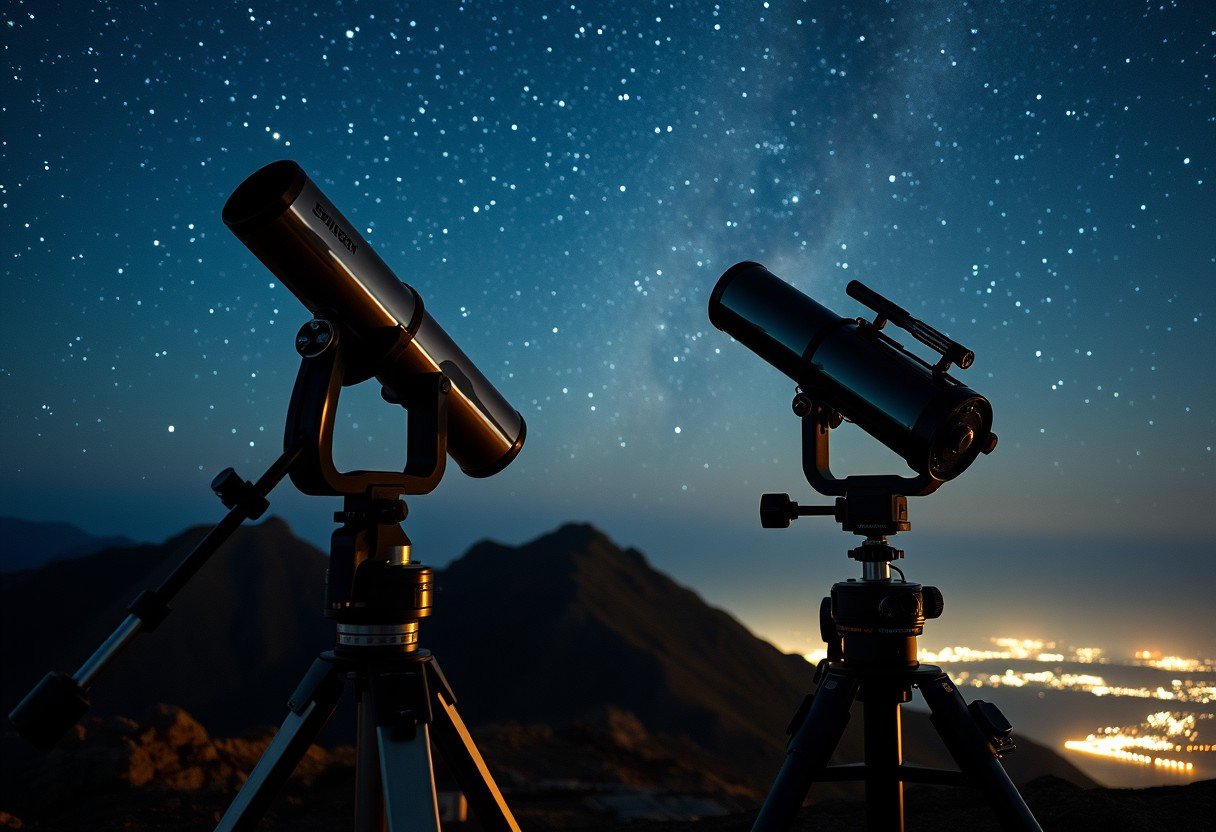
Leave a Comment